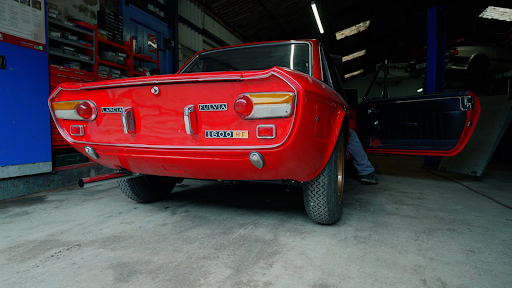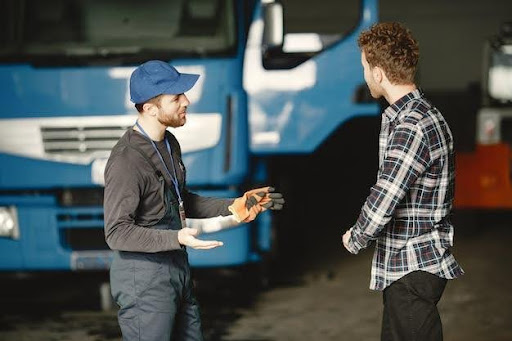Reviving Heritage: The Art of Lancia Classic Restoration
The allure of classic automobiles often transcends mere nostalgia; it embodies a passionate pursuit of artistry, craftsmanship, and engineering excellence. Among the brands that epitomize this legacy is Lancia, a manufacturer steeped in rich heritage and iconic designs. Lancia classic restoration not only brings these historic vehicles back to life but also preserves the intricate stories and cultural significance that surround them. This article delves into the nuances of Lancia classic restoration, highlighting its importance, challenges, and the meticulous processes involved.
Understanding Lancia’s Legacy
Founded in 1906, Lancia has produced some of the most revered automobiles in automotive history. Models such as the Lancia Aurelia, Fulvia, and Stratos are not merely vehicles; they are icons that represent innovative engineering and Italian elegance. The brand has garnered a devoted following, with enthusiasts seeking to preserve these classics through meticulous restoration efforts. The importance of Lancia classic restoration lies not only in maintaining the vehicles themselves but also in preserving a part of automotive history that reflects a time of groundbreaking design and technological advancement.
The Importance of Restoration
Restoring a Lancia classic is an intricate process that extends beyond aesthetics. It serves as a means to preserve the unique identity of the vehicle, ensuring that future generations can appreciate its historical significance. Each restoration project allows enthusiasts to reconnect with the past, maintaining the legacy of a brand that has significantly influenced automotive design.
Moreover, a well-executed restoration can significantly enhance the value of a classic Lancia. As more collectors and enthusiasts enter the market, the demand for original and well-restored vehicles has surged. Therefore, Lancia classic restoration not only safeguards history but also serves as a sound investment for car collectors.
The Restoration Process
1. Assessment and Planning
The first step in Lancia classic restoration involves a thorough assessment of the vehicle’s condition. Experts examine the chassis, engine, interior, and exterior to identify areas requiring repair or replacement. This initial evaluation is crucial in formulating a detailed restoration plan, outlining the scope of work, budget, and timeline.
2. Disassembly
Once the restoration plan is established, the disassembly process begins. Each component of the vehicle is carefully removed, cataloged, and stored to ensure that no parts are lost or damaged. This meticulous approach allows restorers to identify any hidden issues that may need addressing, such as rust or structural damage.
3. Repair and Replacement
With the vehicle disassembled, restorers can address necessary repairs. This phase may involve repairing or replacing body panels, restoring the engine, and refurbishing interior components. Authenticity is paramount in Lancia classic restoration, so sourcing original parts is often a priority. When original components are unavailable, skilled craftsmen may fabricate new parts that adhere to the original specifications.
4. Reassembly
Once repairs and replacements are complete, the reassembly phase begins. Each component is meticulously put back together, ensuring that the vehicle is restored to its original specifications. Attention to detail is crucial during this stage, as even minor misalignments can affect the vehicle’s performance and aesthetic appeal.
5. Final Touches and Quality Assurance
The final touches in Lancia classic restoration involve detailing and quality assurance. This phase includes repainting, polishing, and restoring interior elements to their former glory. A thorough inspection ensures that every aspect of the vehicle meets the highest standards of quality and authenticity.
Challenges in Lancia Classic Restoration
Despite the rewarding nature of Lancia classic restoration, the process is fraught with challenges. One significant hurdle is sourcing original parts, which can be scarce or prohibitively expensive. Restorers must often rely on their network of contacts within the classic car community to find the necessary components.
Additionally, maintaining authenticity while balancing modern safety standards can be a delicate task. Restorers must navigate the fine line between preserving the vehicle’s original character and ensuring it meets contemporary performance and safety requirements.
Conclusion
Lancia classic restoration is a testament to the enduring appeal of vintage automobiles. It is an art form that combines passion, technical skill, and historical appreciation, allowing enthusiasts to breathe new life into these timeless machines. By understanding the significance of this process and the challenges it entails, we can better appreciate the dedication of those who work tirelessly to preserve the legacy of Lancia. As classic cars continue to captivate the hearts of collectors and enthusiasts alike, the art of restoration will remain a vital aspect of automotive heritage, ensuring that these masterpieces of engineering and design are cherished for generations to come.






